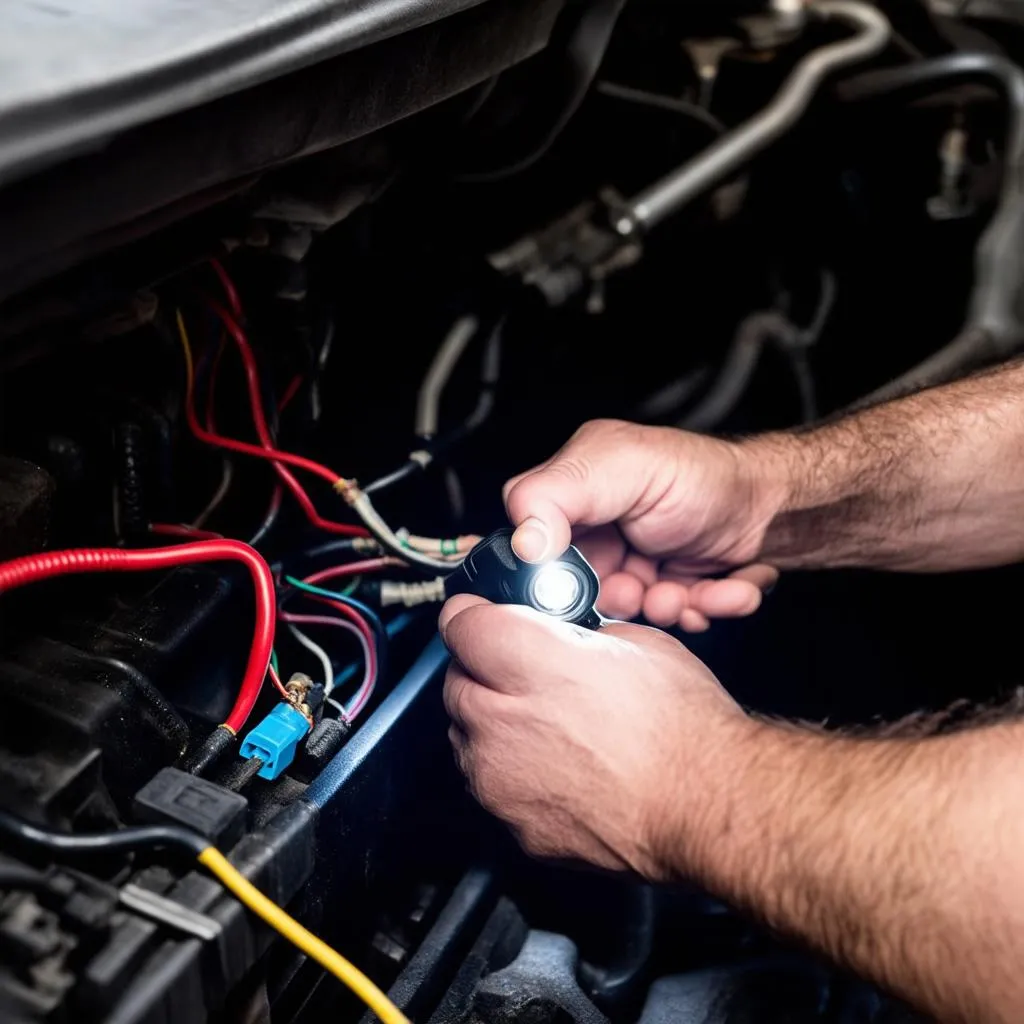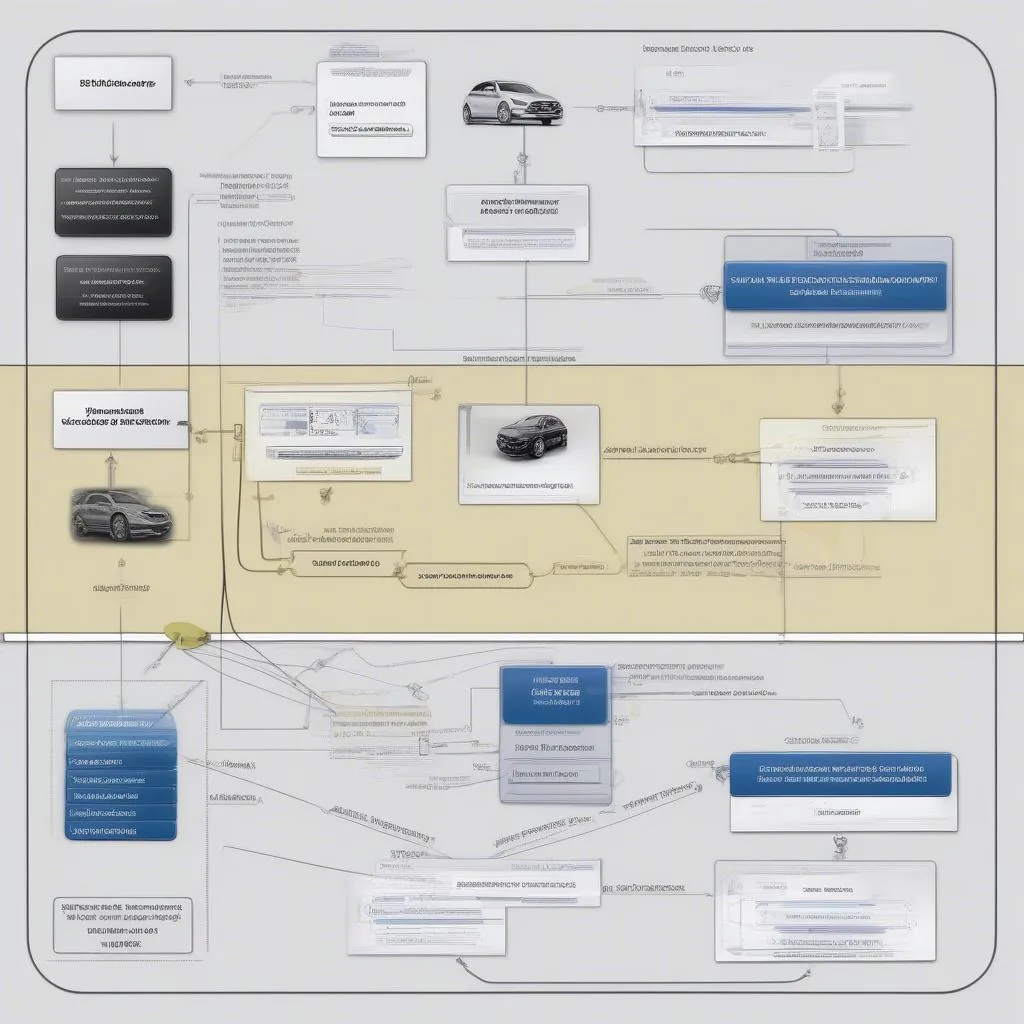The Mercedes Benz Arena in Berlin is not just a renowned venue for sporting events and concerts; it also serves as a fascinating case study for automotive electrical diagnostics. Imagine the complex network of wiring and sensors behind the scenes, ensuring the smooth operation of everything from lighting to security systems. Just like a high-performance vehicle, this arena relies on sophisticated tools and techniques to maintain its electrical integrity.
This article delves into the world of automotive electrical diagnostics, drawing parallels with the challenges and solutions one might encounter in a setting like the Mercedes Benz Arena. Whether you’re an experienced automotive electrician or a curious enthusiast, join us as we explore the tools and techniques that keep these complex systems running smoothly.
Understanding the Ecosystem: Automotive Electrical Diagnostics
Automotive electrical systems have evolved into intricate networks of Electronic Control Units (ECUs), sensors, and actuators. Diagnosing faults in these systems requires a deep understanding of electrical principles, communication protocols, and diagnostic tools.
“Modern vehicles are like rolling computer networks,” says Dr. Andreas Bauer, a leading automotive electronics expert and author of “Automotive Electrical Systems: A Practical Approach”. “Effective diagnostics require not just knowledge of electrical components, but also the ability to interpret data from various sensors and ECUs.”
The Importance of Specialized Tools
Just as specialized tools are needed to maintain the Mercedes Benz Arena’s complex electrical infrastructure, automotive electricians rely on a range of diagnostic equipment. These tools range from multimeters and oscilloscopes for basic electrical measurements to advanced diagnostic scanners that can communicate with a vehicle’s ECUs.
Key Tools for Automotive Electrical Diagnostics:
- Diagnostic Scanners: These tools connect to a vehicle’s OBD-II port and allow technicians to read and clear fault codes, view live data streams from sensors, and perform various diagnostic tests.
- Multimeters: Essential for measuring voltage, current, resistance, and continuity in electrical circuits.
- Oscilloscopes: Used to visualize electrical signals over time, helping to diagnose intermittent faults and analyze sensor outputs.
- Wiring Diagrams: Provide a visual representation of the vehicle’s electrical system, essential for tracing circuits and identifying components.
 Automotive Diagnostic Scanner
Automotive Diagnostic Scanner
Common Challenges in Automotive Electrical Diagnostics
Diagnosing electrical faults in modern vehicles can be challenging due to the complexity of the systems involved. Some common challenges include:
- Intermittent Faults: These faults occur sporadically, making them difficult to reproduce and diagnose.
- Communication Errors: Problems with the communication network between ECUs can lead to a variety of issues.
- Sensor Failures: Malfunctioning sensors can provide inaccurate data, leading to misdiagnoses.
- Complex Wiring Harnesses: Tracing faults in intricate wiring harnesses can be time-consuming and challenging.
The Role of Experience and Expertise
Experienced automotive electricians develop a keen eye for detail and a systematic approach to diagnostics. They understand the importance of gathering as much information as possible before drawing conclusions.
“Automotive electrical diagnostics is often about connecting the dots,” says Sarah Miller, a veteran automotive technician with over 20 years of experience. “It’s about listening to the customer’s description of the problem, analyzing the symptoms, and then using your knowledge and tools to pinpoint the root cause.”
 Mechanic Inspecting Car Wiring
Mechanic Inspecting Car Wiring
Cardiagtech: Your Partner in Automotive Diagnostics
For professional-grade automotive diagnostic tools and resources, consider Cardiagtech. They offer a wide range of products designed to meet the needs of both professional technicians and DIY enthusiasts.
Conclusion
Just as the Mercedes Benz Arena relies on sophisticated systems to manage its electrical infrastructure, modern vehicles demand advanced diagnostic tools and expertise. By understanding the principles of automotive electrical systems and utilizing the right tools, technicians can effectively diagnose and repair even the most complex electrical faults.
Do you have any specific questions about automotive electrical diagnostics or the tools used in the process? Connect with CARDIAGTECH for expert advice and solutions.

